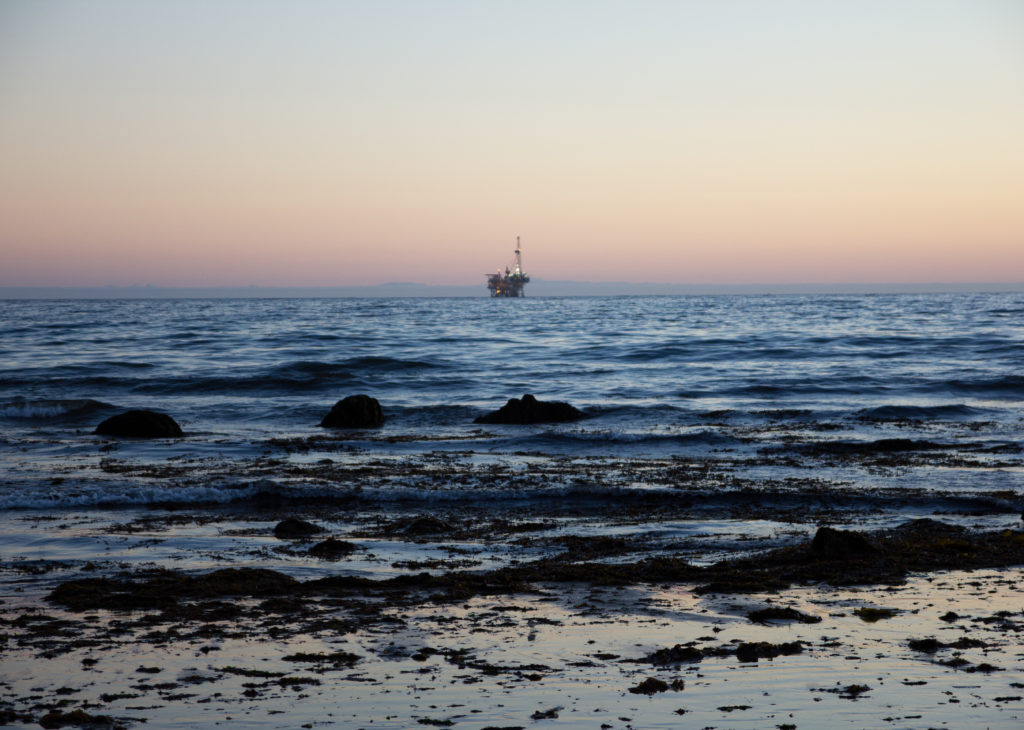Chevron’s Shareholders Should Say No to Offshore Drilling

 NEXT WEEK, Chevron — California’s largest corporation — holds its annual shareholder meeting in San Ramon. As usual, the gathering will be met by protesters, including those from areas all around the nation and the world where Chevron operates in the deep sea.
NEXT WEEK, Chevron — California’s largest corporation — holds its annual shareholder meeting in San Ramon. As usual, the gathering will be met by protesters, including those from areas all around the nation and the world where Chevron operates in the deep sea.
At the meeting, Chevron will ask shareholder permission to pursue an aggressive expansion into ever-deeper offshore operations. Chevron’s role in the aftermath of BP Deepwater Horizon disaster, and investigations finding systemic problems within the entire offshore industry, should give both its shareholders and the broader public great concern about the safety of this expansion.
Chevron is well aware of the dangers. As the company writes, “Navigating uncertain weather conditions, freezing water and crushing pressure, deepwater drilling is one of the most technologically challenging ways of finding and extracting oil.”
The Deepwater Horizon drilling rig exploded 50 miles off the coast of Louisiana on April 20, 2010, killing 11 men and igniting what would become the largest unintentional oil spill in world history.
A massive underwater blowout at BP’s Macondo well 18,500 feet below the ocean surface was the immediate cause. Within weeks of the blowout we learned that not a single major oil company, including Chevron, knew what to do in response, nor did government regulators.
All knew that a blowout was likely, but none had developed the technology, much less the equipment, with which to address it.
Blowouts have been on the rise in the Gulf of Mexico. From 2005 to 2010, 28 blowouts occurred in the Gulf of Mexico, four of which took place in the 18 months preceding the blowout of the Macondo well. From 1999 to 2004, there were 22 blowouts, and from 1993 to 1998 there were just 11.
Moreover, deaths, fires, and serious injury in the Gulf of Mexico are common. A Chevron offshore worker has been killed on the job in four out of the last five years in the Gulf of Mexico. In 2009 alone, Chevron reported 15 incidents of fire and nine employee injuries at its Gulf of Mexico offshore operations.
In just the last five years, nearly 200 safety and environmental violations and accidents on platforms and rigs in the Gulf were documented: BP had at least 47, Chevron had 46, and Shell had 22.
And BP was not alone. BP was the leasee of the Deepwater Horizon, but Transocean was the owner and operator. All the major oil companies use Transocean’s services, including Chevron, even though, since 2008, 73 percent of incidents that triggered federal investigations into safety and other problems on deepwater drilling rigs in the Gulf have been on rigs operated by Transocean.
Chevron’s latest project in the Gulf of Mexico, Moccasin, is situated at a water depth of 6,750 feet. Initial drilling began in March 2010 by Transocean’s Discoverer Inspiration drill ship.
Professor Robert Bea, head of the Deepwater Horizon Study Group, said of the group’s findings, “We have come to a unwavering conclusion. This is an industry problem. It is not just BP. BP just got to the finish line first. They know this is an endemic systemic problem.”
If we do not want Chevron to follow, Chevron’s shareholders must demand the same protections provided here in California — a moratorium on offshore drilling — be provided nationally and, if possible, internationally as well.
Also published in East Bay Times.
